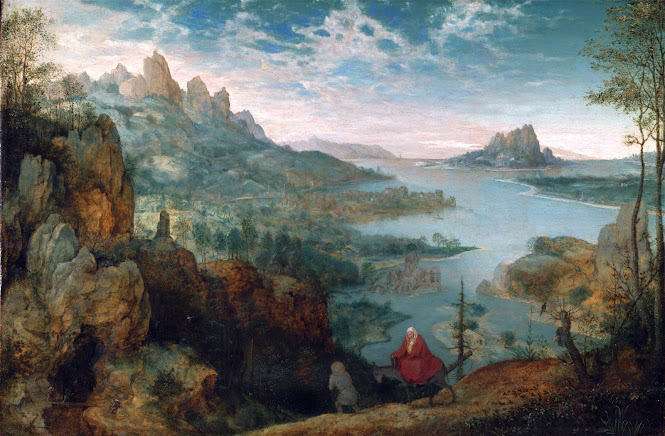Morality in Neoclassical art

Clockwise from the top left; Robert Fulton by Jean-Antoine Houdon, Colonel Guy Johnson and Karonghyontye by Benjamin West, and The Oath Of Horatii by Jacques-Louis David.
Morality in Neoclassical art
With these three pieces, you can develop an idea of the return to morality in art prominent during this time. Themes of sacrifices, leadership, and power are all at work in these pieces. These elements together inspire the viewer to take part in the moral ideals of the time. Especially seen in The Oath Of Horatii painted by Jacques-Louis David in Rome during the year 1786 where three men are agreeing to a battle to the death to settle a debate between two cities. This sacrifice was meant to stop greater bloodshed if the cities went to war and was seen as a very noble sacrifice. This narrative promotes the morals of sacrificing the individual for the good of the state, a theme that became prominent in art during this time.
In the painting Colonel Guy Johnson and Karonghyontye by Benjamin West painted in London in 1776 we see more of the neoclassical motifs such as good deeds. The painting shows the relationship between the Mohawk chief Karonghyontye and diplomat Guy Johnson. This relationship was crucial in aiding the British and disallowing the rebel colonists a chance of winning. The painting has Karonghyontye pointing at a 'piece pipe' highlighting the importance of the maintained relationship. While outside you can see an Indian family gathering peacefully in front of a British tent. All these elements together promote the morality of the British through their healthy relationship with the Mohawk people.
Finally, in the bust of Robert Fulton by Jean-Antoine Houdon done in Paris 1804, the viewer sees the Vigor of the man and his informal dress of flared overcoat lapels. This informality promotes the individualism of the time, but the Vigor instills a sense of patriotism and nationalism also key to the neoclassicalist movement. Making the bust so lively with these traits inspired viewers to see the patriotic morality of the time.
Aesthetic Preference
Of these three pieces, The Oath of Horatii uses art elements to inspire the most awe in the viewer. It utilizes simple composition, strong hierarchy, and rich contrast. On top of this, the scale of this painting is immense, it measures 51.25 by 65.5 inches, making it even more inspiring to look at. I love the intensity of emotion evoked by the sollem figures on the right of the painting, and the determined stances of the figures on the right, mediated by the worship-like posed figure in the center. I would certainly own a copy of this painting for my hangout room, where it could inspire viewers to contemplate the moral message imposed. The back story of this painting is not crucial as the emotional quality is what sets it apart, but knowing who the three brothers are makes the impact even more substantial.
Sources;
Toledo Museum of Art. "The Oath of the Horatii – Works – Toledo Museum of Art." emuseum.toledomuseum.org, http://emuseum.toledomuseum.org/objects/55069/the-oath-of-the-horatii?ctx=739d11b7-2f63-4ad0-9596-69dcd5791a3e&idx=0. Accessed 18 Mar. 2024
The Metropolitan Museum of Art. "Robert Fulton (1765–1815)". The Metropolitan Museum of Art, https://www.metmuseum.org/. Accessed 18 Mar. 2024.



Comments
Post a Comment